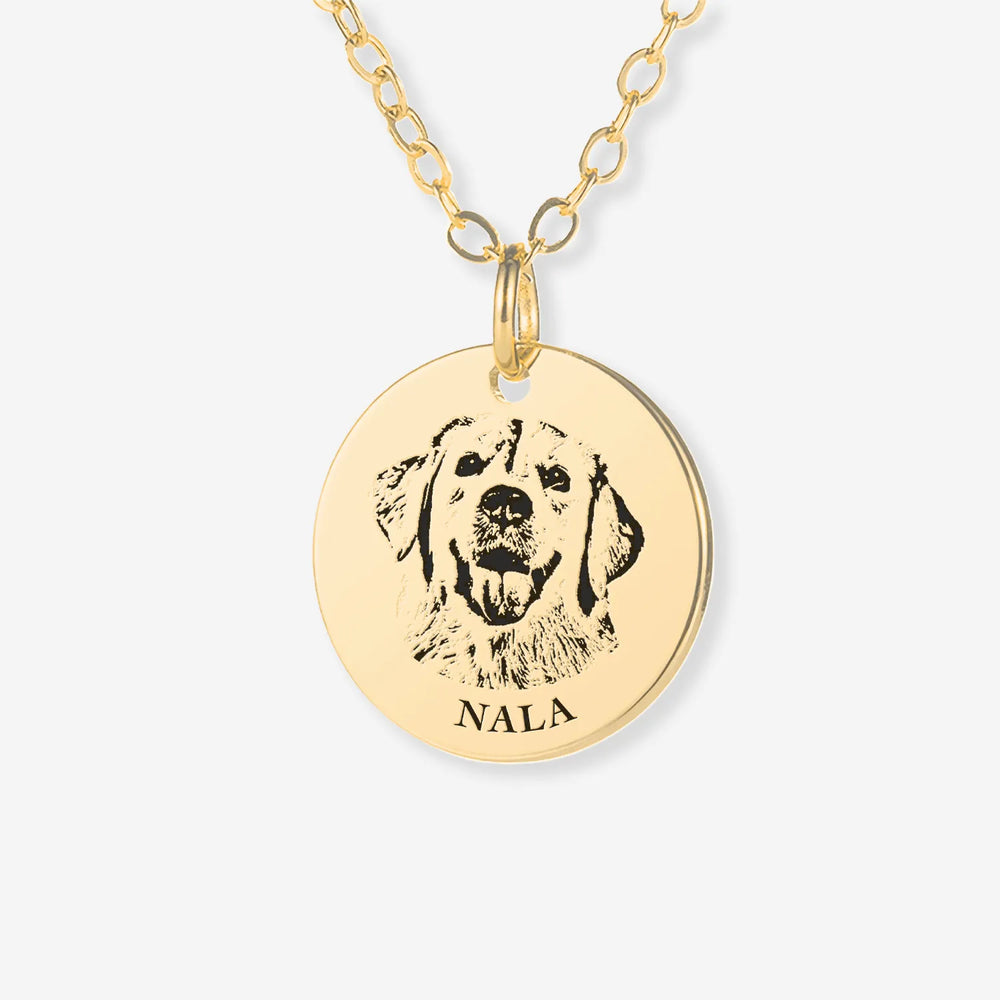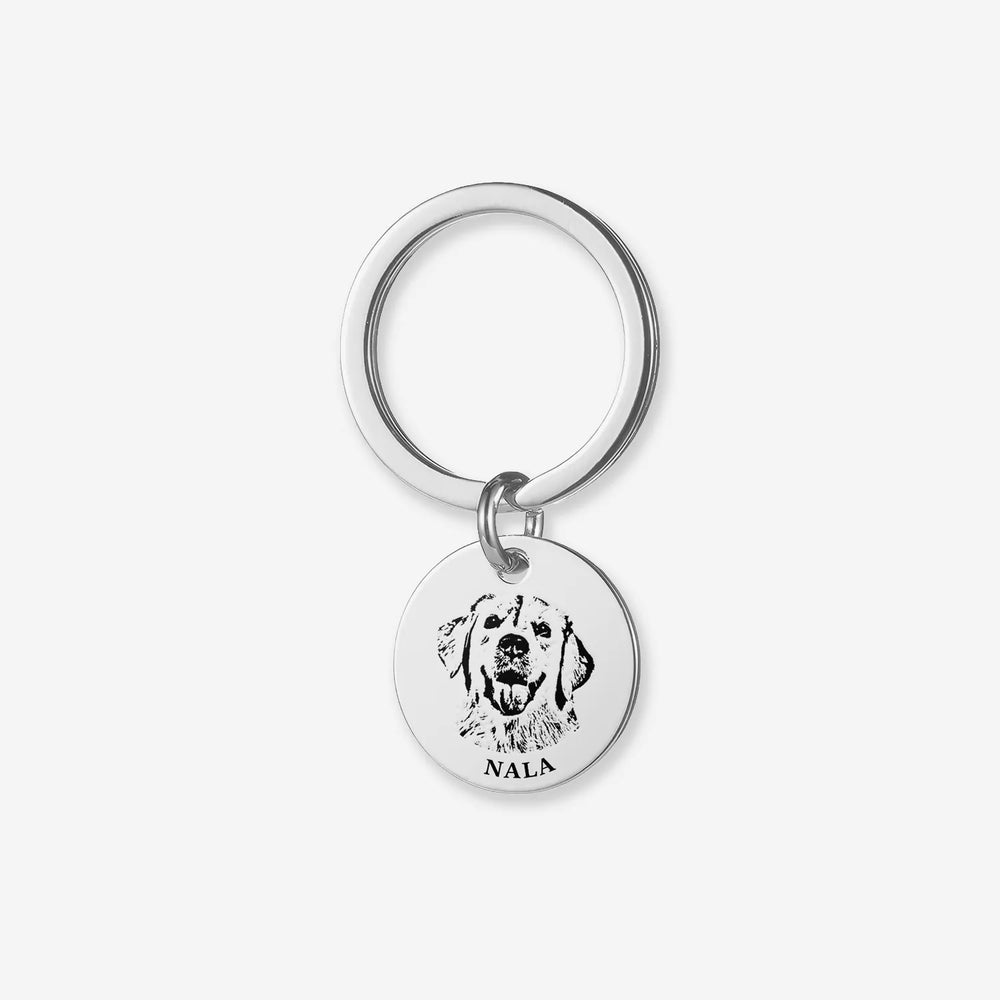Buy One, Get One FREE
Why Did My Dog's Eyes Turn Greenish Blue?

Most dogs have black or brown eyes, with very few having special colors like blue or green. If your dog, usually in the majority eye color range, suddenly develops blue or bluish-green eyes, you should take note. If not detected early, this could lead to blindness. Common issues might include cataracts, glaucoma, or infectious hepatitis.
Beyond noticing this change, you should learn to differentiate conditions and provide appropriate treatment at the right time. The simplest approach is to take your dog for a thorough examination at the vet. Before that, let’s delve into some knowledge on this topic!
Understanding the Change in Eye Color

When a dog's pupils suddenly change color, it often signals an illness. One possible condition is cataracts, which can create a bluish haze in the eyes. Other ailments, such as keratitis, conjunctivitis, glaucoma, or infectious hepatitis, might also cause this change. If you notice your dog's eyes appearing greenish blue, it’s essential to seek veterinary care promptly.
Causes and Treatments for Greenish Blue Eyes
Cataracts are one reason a dog’s eyes might appear greenish blue. They can result from genetics, aging, or injury, and specific breeds, like Schnauzers, Poodles, and Goldens, are more susceptible.
Early Stage Treatment
In the initial stages of cataracts, treatment may include antiserum and medications to balance fluids and electrolytes. Veterinarians often recommend intravenous antibiotics to prevent infections. Eye rinses with saline and antibacterial drops specifically designed for pets can help manage symptoms.
Advanced Cases
For dogs with advanced cataracts, surgery may become necessary. Procedures such as phacoemulsification and lens implantation are common. After surgery, ongoing medication and regular check-ups are crucial for monitoring recovery.
Other Conditions to Consider
A bluish haze can also indicate other eye diseases, such as keratitis or conjunctivitis. These conditions require specific treatments based on the underlying issue.
Differentiating Between Glaucoma and Cataracts

If your dog's eyes suddenly turn greenish blue, consider the possibility of glaucoma or cataracts. Glaucoma typically causes the entire eye to appear blue, while cataracts create a bluish-green tint. Although this distinction is straightforward, it’s wise to consult a veterinarian for an accurate diagnosis.
Infectious Hepatitis: A Serious Concern
Blue-eyed hepatitis, formally known as Canine Infectious Hepatitis (ICHV), is a severe viral infection caused by canine adenovirus. Puppies under one year old are particularly vulnerable.
Symptoms of Infectious Hepatitis
Infectious hepatitis begins with symptoms such as fever, loss of appetite, vomiting, and diarrhea. Many affected dogs are unvaccinated or have had vaccination failures. As the disease progresses, it can lead to severe liver dysfunction, jaundice, and other serious complications.
Treatment Recommendations:
- Use high-titer serum for treatment.
- Administer IV antibiotics to address secondary infections.
- Apply Alice eye drops for ocular treatment.
- Use liver protection tablets based on weight (continue after symptoms resolve for effectiveness).
- Ensure strict environmental disinfection.
When to Visit the Vet
Take your dog to the vet immediately if you notice any unusual eye colors, especially greenish blue. A professional evaluation is essential to address any potential health issues before they escalate, ensuring your dog's well-being.
Related Questions
What is the green haze in my dog's eyes?
The green haze could indicate cataracts or other eye diseases. It’s vital to consult your veterinarian for a thorough examination.
What causes blue haze in dogs' eyes?
Blue haze often results from cataracts or conditions affecting the cornea or conjunctiva. Prompt veterinary care can help identify the cause and initiate appropriate treatment.




















